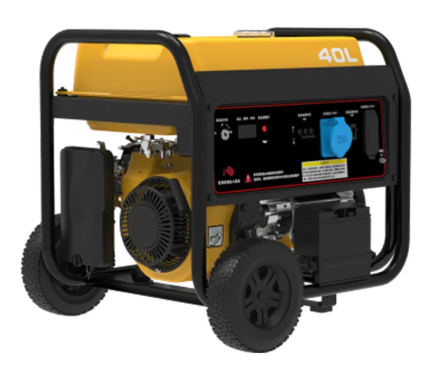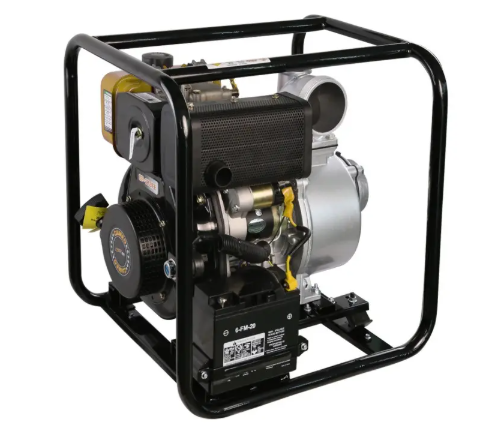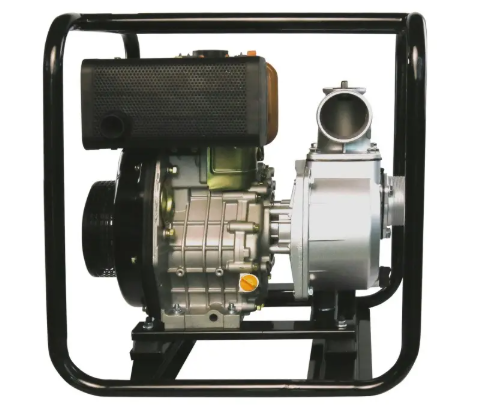popular alternator
The popular alternator stands as a crucial component in modern electrical systems, serving as a reliable power generation solution across various applications. This device efficiently converts mechanical energy into electrical power through electromagnetic induction, ensuring a steady supply of electricity for vehicles and industrial equipment. The alternator's sophisticated design incorporates advanced voltage regulation technology, enabling it to maintain consistent output regardless of varying engine speeds or load demands. Its robust construction features high-grade materials, including premium copper windings and heavy-duty bearings, contributing to enhanced durability and longevity. The unit employs a state-of-the-art cooling system that effectively manages operating temperatures, preventing overheating during extended use. Modern alternators also integrate smart charging capabilities, automatically adjusting output based on system demands while protecting against overcharging and voltage spikes. With output capacities ranging from 40 to 200 amperes, these alternators accommodate diverse power requirements across different applications, from compact vehicles to heavy machinery.


